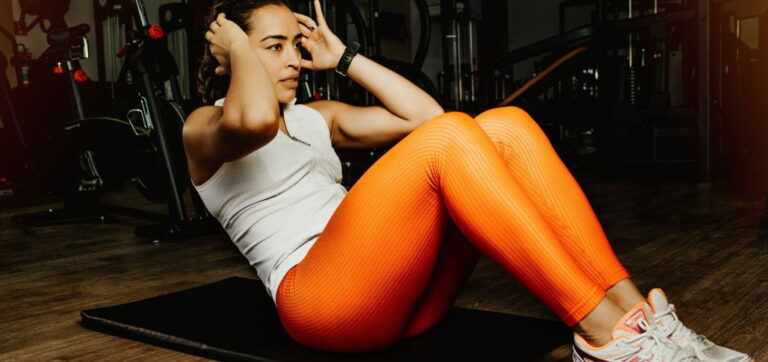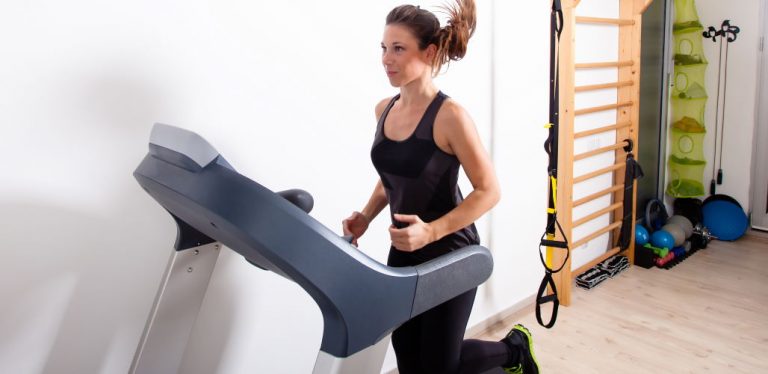Can Running Shoes Make You Faster?
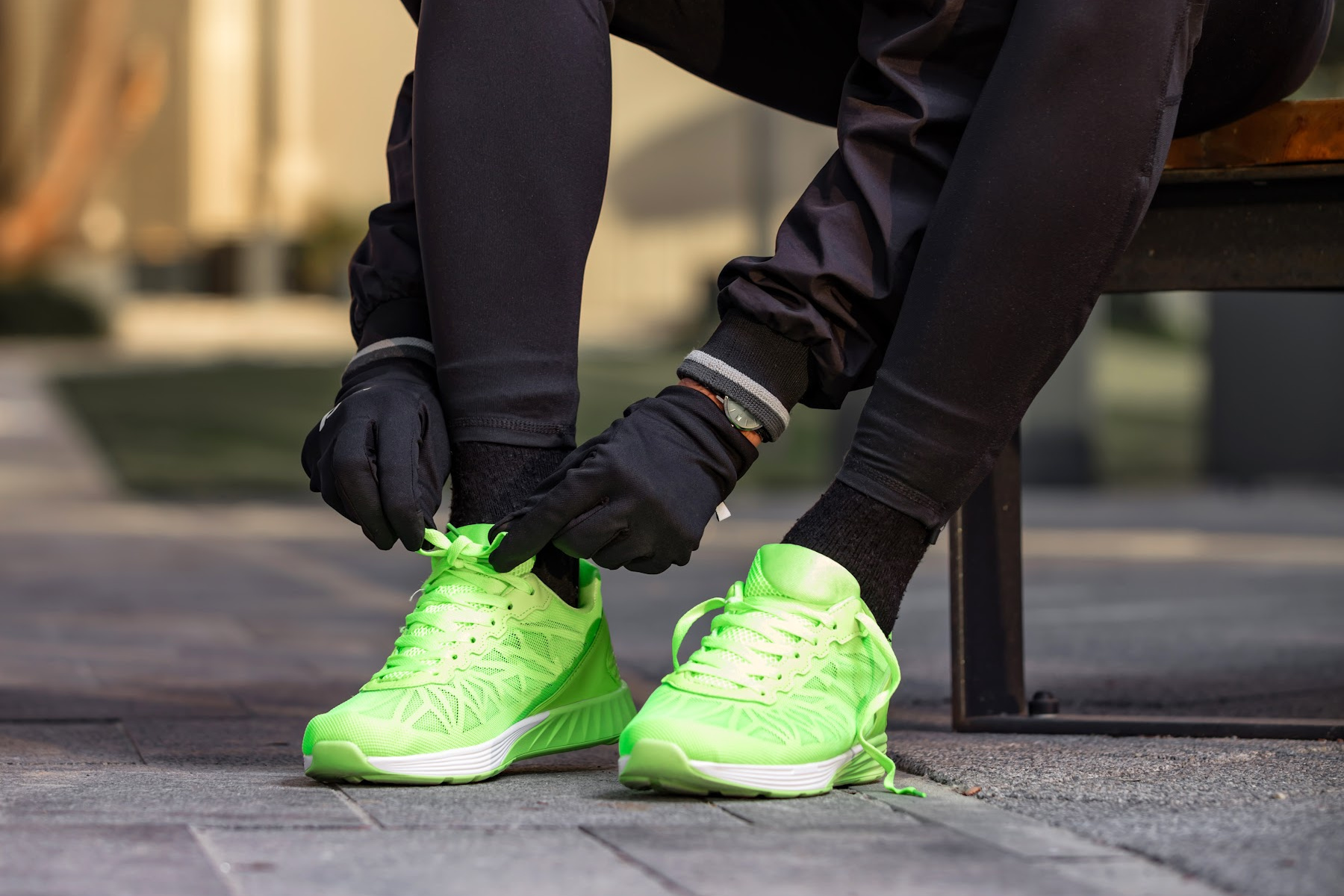
It’s a question that has been debated for years – can the right running shoe make you a faster runner? Some people swear by them, while others think they are nothing more than a waste of money. Some even prefer to stay all-natural, preferring barefoot running. So which is it – do running shoes help you run faster or not?
The answer is a little bit of both. A good running shoe can make you faster, but only if they are the right running shoe for your foot type and stride. If you wear the wrong shoe type, it can slow you down.
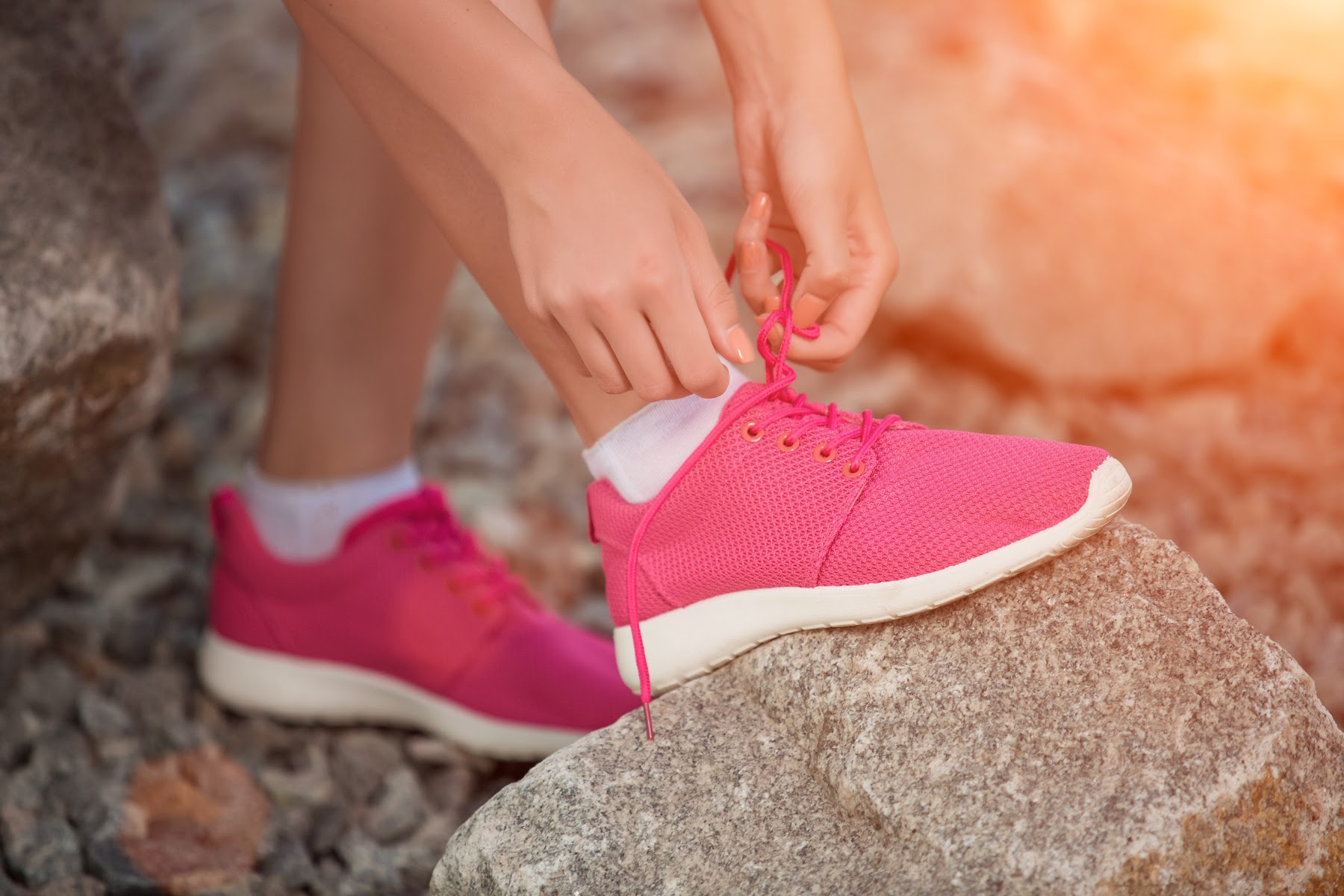
What Are The Benefits Of Elite Running Shoes?
When it comes to running shoes, there are many different options available on the market. It can be tough to decide which pair is right for you, but choosing a shoe that will give you the support and cushioning you need to avoid injuries is important.
There are many different brands and styles of shoes specifically designed for runners, but they all have one common goal: to protect your feet and help you run more effectively. Running shoes are designed with specific features that provide support and cushioning for your feet, which can vary depending on the type of shoe.
For example, some shoes have extra padding in the heel to protect your Achilles tendon, while others have a firmer midsole to support your arch. There are also different shoes for different running surfaces – for example, you might want a different shoe for running on pavement versus trails.
No matter what type of running shoe you choose, either a minimalist running shoe or heavier running or racing shoes, the most important thing is to ensure it fits properly. A good-fitting shoe will feel comfortable from the start and should support your foot in all the right places. If you’re not sure how to find the right pair for you, ask a salesperson at a running store for help – they’ll be able to assess your foot type and recommend the best shoes for your needs.
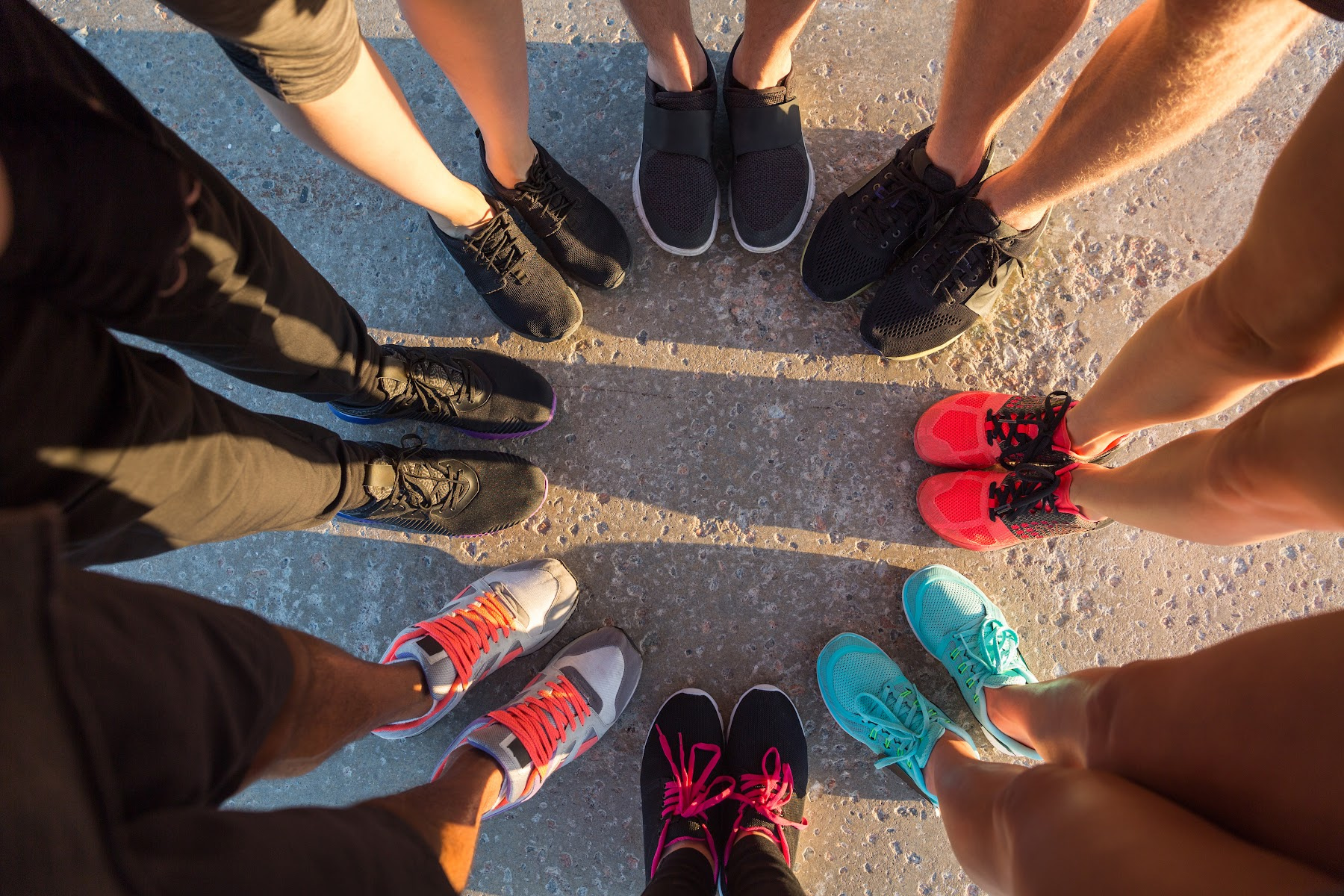
How Do Running Shoes Help You Run Faster?
Running shoes are designed to help you increase your running performance by providing additional support and cushioning to your feet. This extra support helps absorb the impact of your feet hitting the ground, reducing the amount of stress on your joints and muscles.
Additionally, the cushioning in running shoes help protect your feet from the harsh pavement and provides a more comfortable surface for you to run on.
By reducing the amount of stress on your body, running shoes can increase your running performance, helping you run longer without becoming fatigued. Additionally, running shoes can improve your running form by helping you maintain proper alignment and balance. This can lead to a more efficient and effective running style, which can help you to run faster.
Overall, running shoes can provide you with the support, cushioning, and stability you need to run faster and longer. However, it is important to remember that even the most elite pair of shoes is not a magic bullet and will not make you instantly fast.
In order to see the benefits of running shoes, you must still put in the hard work and dedication required to become a better runner. But investing in a good pair of running shoes is worth it if you are looking for a little extra edge.
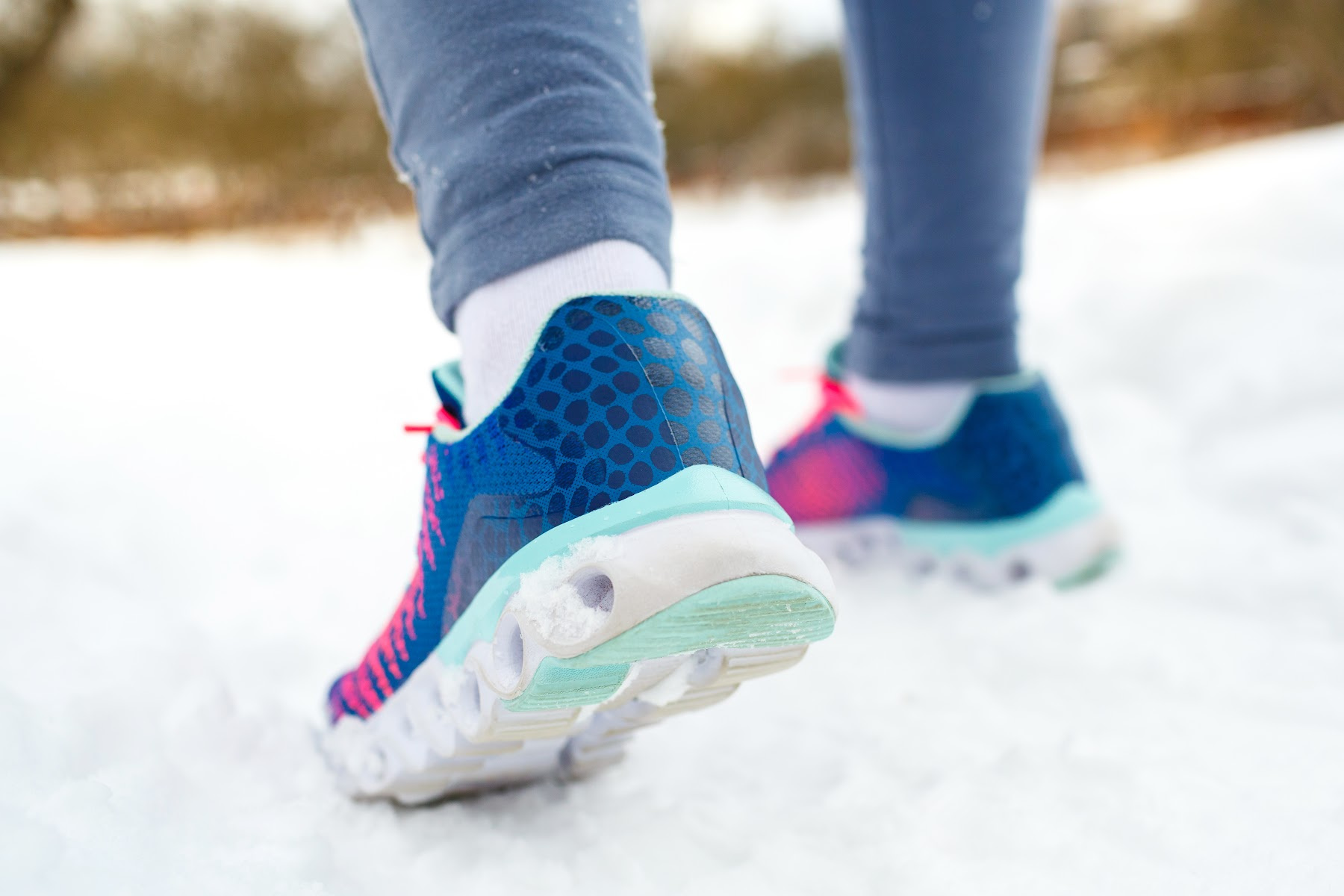
What To Look For When Browsing Shoe Brands
When buying running shoes, it is important to remember that there is no “one size fits all” solution. The type of shoe that is best for you will depend on your foot type, running style, preferred running performance, and the surface you often run on.
With so many different running shoes available on the market, it cannot be easy to know where to start. Here are a few things to keep in mind when shopping for running shoes:
Foot type: There are three main types of feet: high arches, flat feet, and neutral. If you have high arches, you will need a shoe with more cushioning to protect your feet from impact. If you have flat feet, you will need a stability shoe to help control pronation. If you have a neutral foot, you will need a shoe that provides both cushioning and support.
Running style: There are two main types of running styles: heel striking and forefoot striking. Heel strikers tend to land on their heels first, while forefoot strikers land on their toes or the balls of their feet. You will need a different type of shoe depending on your running style. Heel strikers should look for shoes with more cushioning, while forefoot strikers should look for shoes with more support.
Surface: The surface you run on will also affect the type of shoe you need. If you run on pavement, you will need a different type of shoe than if you run on trails. Trail running shoes are typically more rugged and have more tread to provide traction on uneven surfaces.
Fit: It is important to ensure that your running shoes fit properly. Shoes that are too big can cause blisters and other problems, while shoes that are too small can be uncomfortable and cause foot pain. Be sure to try on shoes before you buy them, and run or walk around the store to make sure they feel comfortable.
Price: Finding a shoe that fits your budget is important, but don’t sacrifice quality for the price. In general, more expensive shoes will offer better quality and durability. However, some good quality, cheaper options are available if you know where to look.
No matter what type of running shoes you are looking for, it is important to try them on before you buy them. Everyone’s feet are different, so it is important to find a shoe that fits your foot properly. Once you have found a shoe that fits well, you can focus on finding a style that suits your needs.

The Different Types Of Running Shoes Available
There are a variety of running shoes available on the market, each designed to provide a specific benefit to the runner. Some shoes are designed for speed, while others are designed for stability or cushioning. Choosing the right shoe for your individual needs can help you run faster and more efficiently.
Speed-oriented shoes are typically lighter in weight and have less cushioning than other types of running shoes. They are designed to help you run faster by providing a more efficient energy transfer from your feet to the ground. If you are training for a race or trying to improve your best, speed-oriented shoes may be the right choice.
Stability shoes are designed to support and prevent the foot’s excessive pronation or inward rolling. Excessive pronation can lead to injuries, so stability shoes are often recommended for runners with a history of injuries. If you are starting, stability shoes may also be a good choice to help prevent injuries.
Cushioned shoes provide more shock absorption than other types of running shoes. They are often recommended for long-distance runners or those who have joint pain. If you experience discomfort while running, cushioning may help relieve pressure on your feet and joints.
There are also a variety of specialized shoes available, such as shoes for trail runners, marathon runners, and cross-training shoes. Trail running shoes provide grip and stability on uneven surfaces, while cross-training shoes are designed for sports such as soccer or tennis, requiring lateral movement.
Choosing the right shoe for your individual needs can help you run faster, train more effectively, and prevent injuries.
How To Properly Fit Running Shoes
When it comes to most running shoes, proper fit is important. Not only do ill-fitting shoes cause discomfort, but they can also lead to injuries. This is why it’s so important to take the time to find a pair of shoes that fit well.
There are a few things to keep in mind when fitting running shoes:
Make sure the shoe is wide enough. There should be about a thumb’s width of space between your longest toe and the edge of the shoe.
The shoe should be snug but not tight. You should be able to wiggle your toes comfortably inside the shoe.
Ensure there is enough room in the heel of the shoe.
There should be no slipping or rubbing in the heel when you walk or run.
If you keep these things in mind, you should be able to find a pair that fit well and help you stay comfortable during your runs.
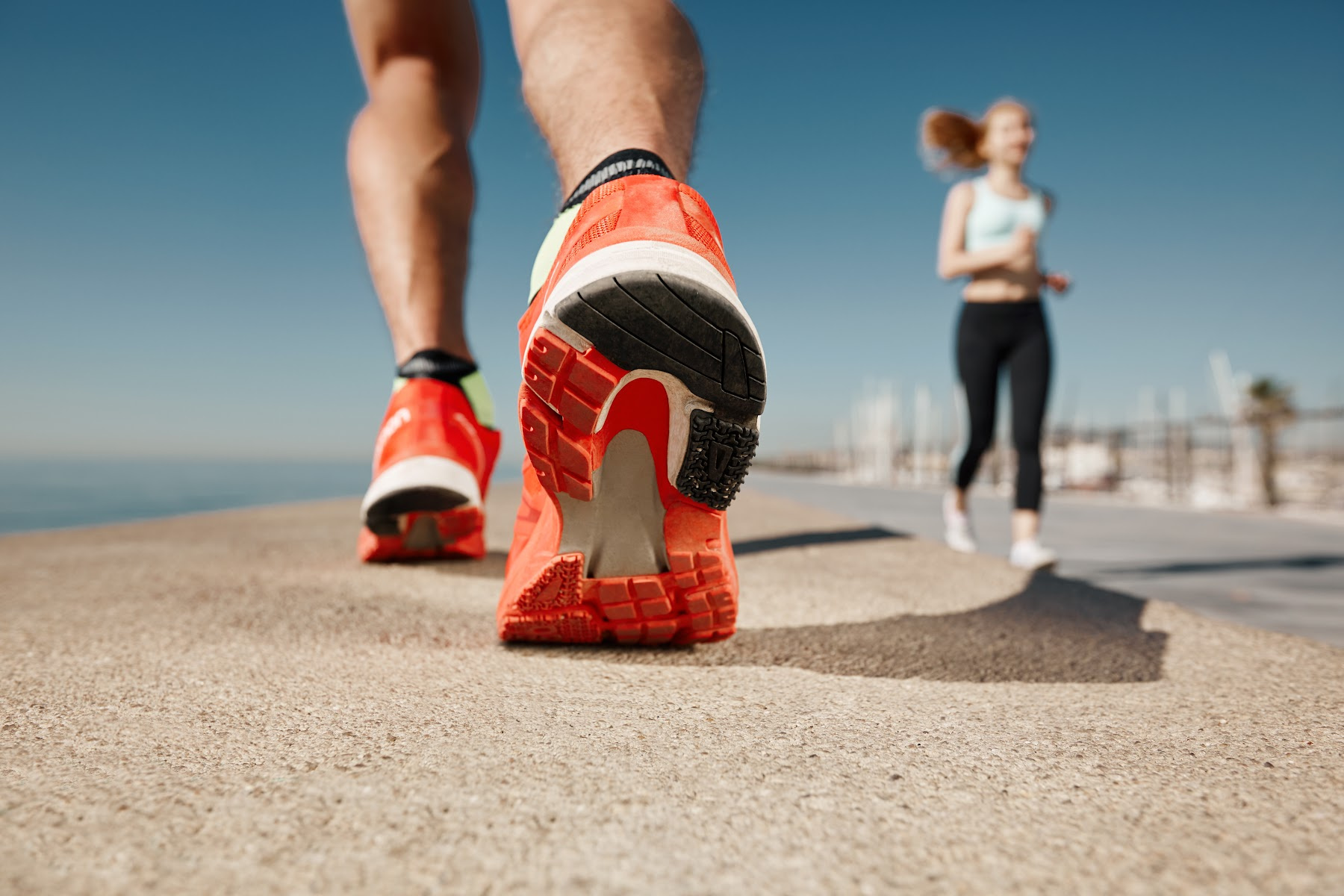
How To Care For Your Running Shoes
There are a few important things to keep in mind when it comes to caring for your running shoes. First, always make sure to air them out after each use. This will help to prevent the build-up of bacteria and fungus that can cause foot problems. Secondly, never store your shoes in direct sunlight or a hot car, as this can damage the material. Finally, be sure to replace your shoes every 300-500 miles, depending on how often you run. By following these simple tips, you can extend the life of your shoes and ensure that they continue to perform at their best.
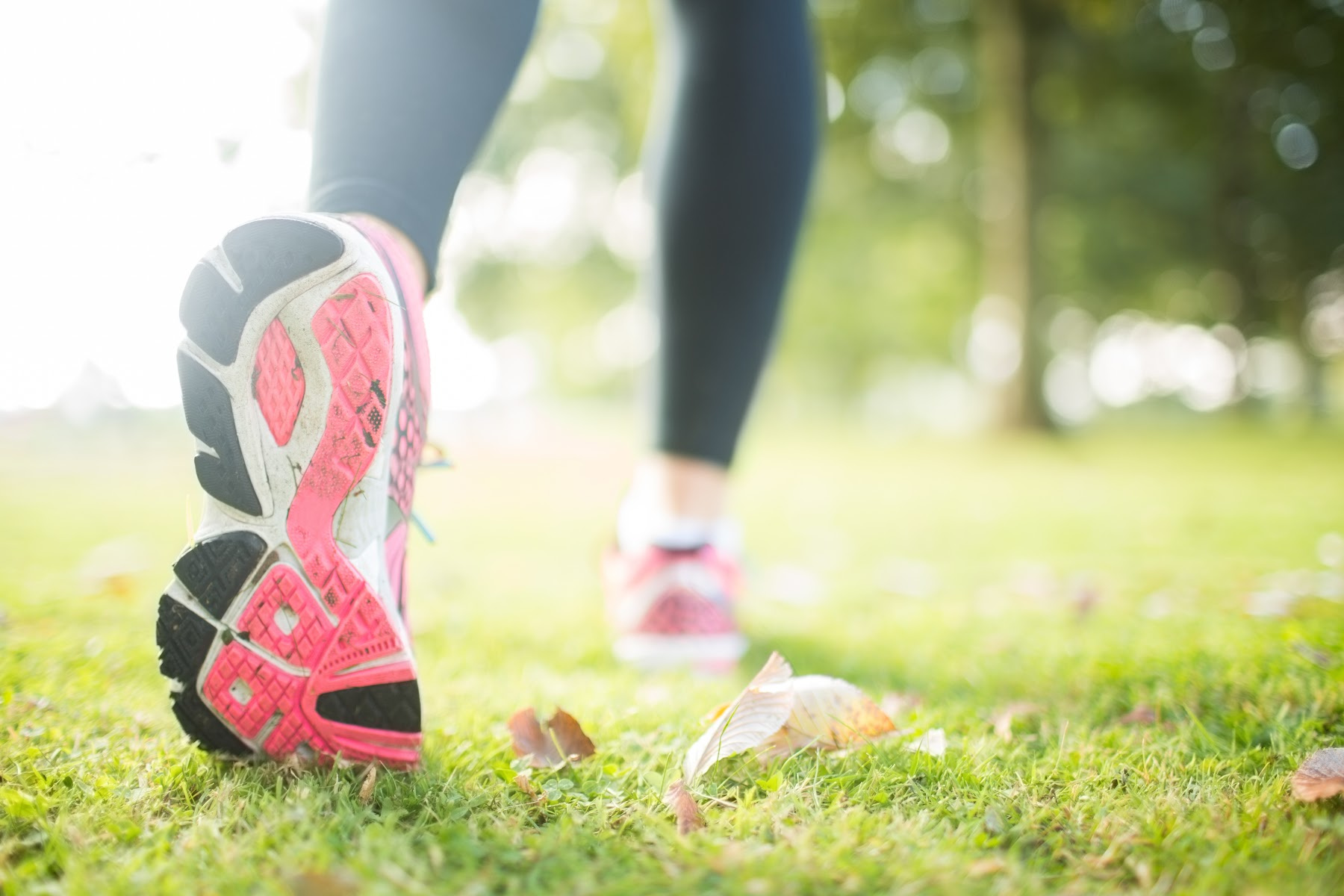
Tips For Improving Your Speed While Wearing Running Shoes
If you’re looking to improve your speed while wearing running shoes, you can do a few things. First, ensure you’re wearing the right running shoe for your foot type. If you’re unsure what type of foot you have, consult a podiatrist or sports specialist. They can help you determine the correct type of shoe for your foot type and can also provide advice on improving your speed while wearing them.
Another thing to consider when improving your speed is your stride length. Make sure you’re taking long enough strides, but not too long – this will help ensure that you cover more ground with each step and run faster. And finally, focus on your breathing – make sure you’re taking deep breaths and exhaling fully, which will help give you more energy and allow you to run faster.
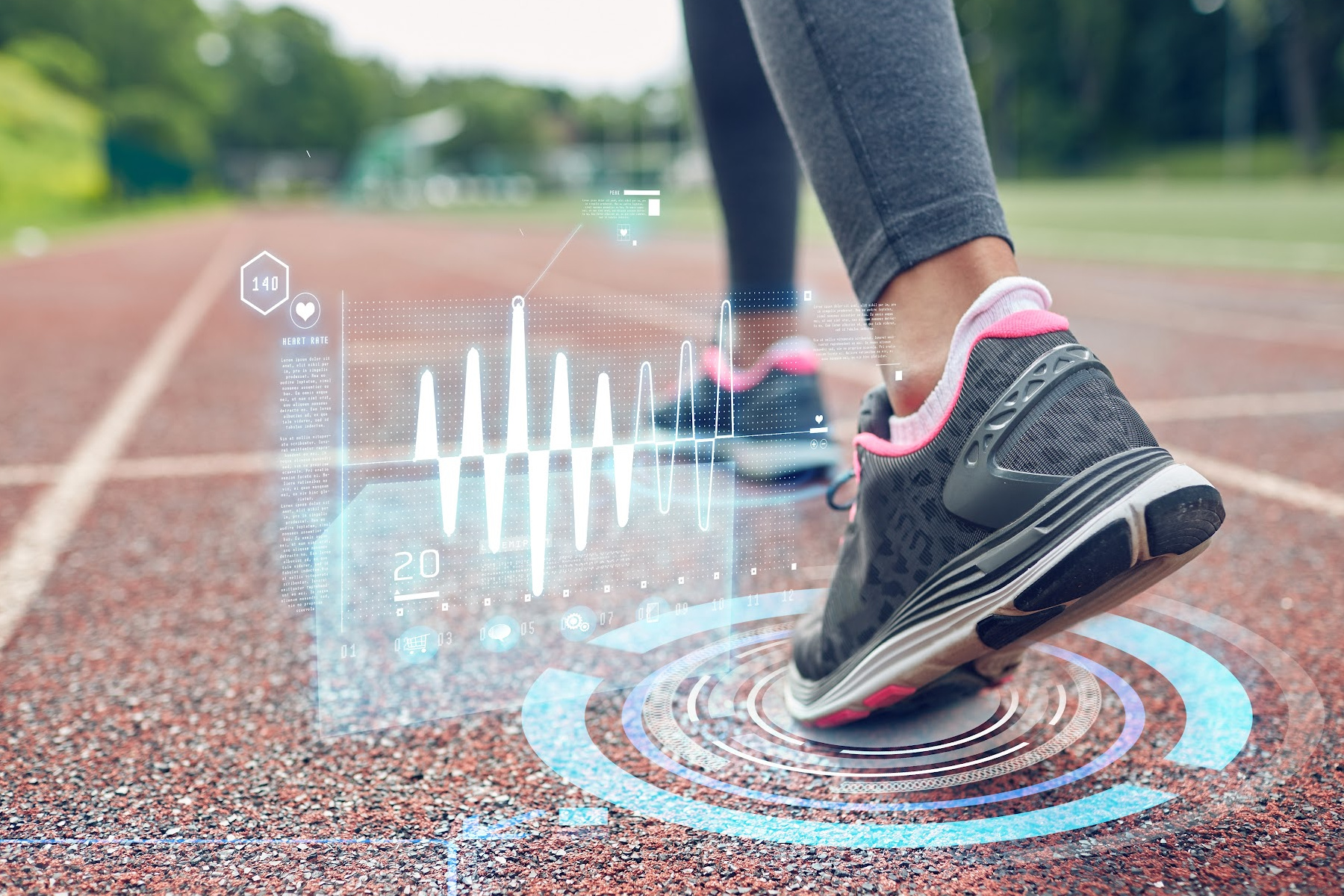
The Best Running Shoes For Different Types Of Feet
Different types of running shoes are available on the market, and it can be tough to determine which shoe is best for your specific foot type. However, knowing your foot type is important to make the best purchase decision possible.
You will need a running that provides more support if you have high arches. A cushioned or stable running shoe is typically recommended for those with high arches. If you have a flat, you will need a running shoe that offers more cushioning, which will help absorb each step’s impact. Motion-control running shoes are often the best option for those with flat feet.
No matter your foot type, it is important to try on several pairs of shoes before making a purchase. This will help you to find the best running shoe for your specific needs.
A Guide To Picking The Best Racing Flats For You
When you’re looking for a new pair of running shoes, it can be tough to decide which type of shoe is best for you. There are many different types of shoes on the market, each claiming to be the best for runners. If you’re looking for a shoe to help you run faster, you may want to consider a pair of racing flats.
Racing flats are lightweight shoes that are designed specifically for running races. They are thinner and less cushioned than other running shoes, making them ideal for speed work and racing. If you want to improve your running speed, a pair of racing flats may be the right choice.
When shopping for a pair of racing flats, it’s important to find the right fit. Racing flats should fit snugly and not be too loose. You should also ensure enough room in the toe box so your toes can move freely.
If you’re looking for a new pair of running shoes to help you run faster, consider investing in a pair of racing flats. They may be what you need to help you reach your next goal time!
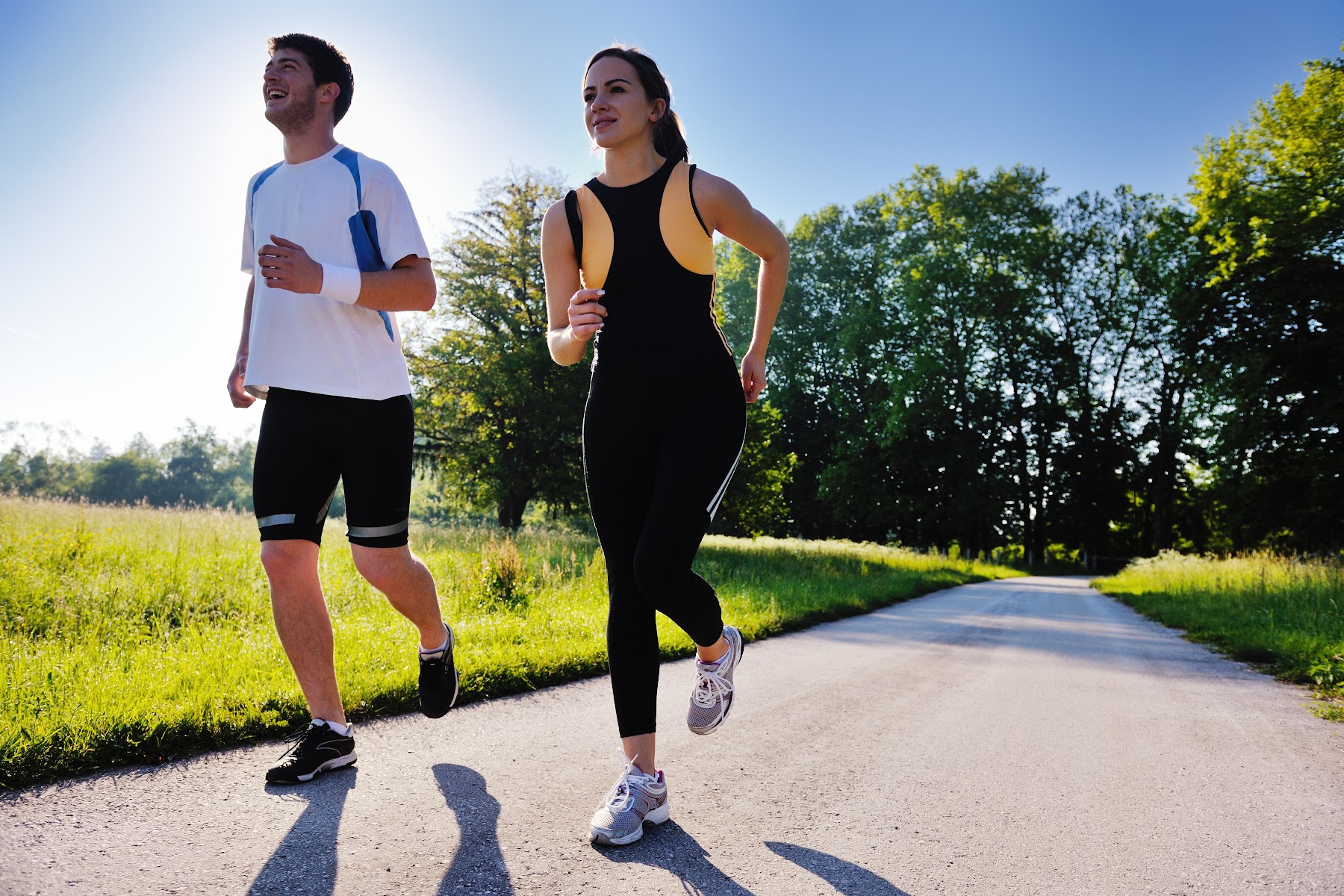
The Pros And Cons Of Different Brands Of Running Shoes
When it comes to running shoes, there are a lot of different brands and options to choose from. So, what’s the best brand of running shoes for you?
Well, that depends on your needs and preferences. Some people prefer shoes from well-known, popular brands, while others might prefer a lesser-known brand that offers specific features they need.
Here are some pros and cons of some of the most popular brands of running shoes:
Nike: Nike is a well-known and popular brand, and their running shoes are no different. They offer a variety of shoes for all types of runners, and they’re known for their quality and durability. However, they can be quite expensive.
Adidas: Adidas is a well-known and popular brand, and runners highly rate their running shoes. They offer many features that cater to runners of all levels and are not as expensive as Nike shoes.
Asics: Asics is a lesser-known brand but offers some great features in its running shoes. They have a variety of shoes for different types of runners, and they’re known for their comfort and durability. However, they can be a bit more expensive than other brands.
New Balance: New Balance is another well-known and popular brand, and runners highly rate their running shoes. They offer a variety of shoes for all types of runners, and they’re known for their comfort and durability. However, they can be a bit more expensive than other brands.
Saucony: Saucony is a lesser-known brand, but they offer some great features in their running shoes. They have a variety of shoes for different types of runners, and they’re known for their comfort and durability. However, they can be a bit more expensive than other brands.
So, which brand of running shoe is right for you? It depends on your needs and preferences. Nike or Adidas might be the best option if you’re looking for a well-known and popular brand.
If you’re looking for a lesser-known brand that offers specific features, then Asics or Saucony might be the better option. And if you’re looking for the most affordable option, then New Balance might be the best choice.
Tips For Improving Your Speed When Running With New Or Old Running Shoes
When it comes to running shoes, there are a few things to consider to get the most out of them. Here are a few tips for improving your speed when running with new or old running shoes:
1. Make sure your shoes are in good condition and fit properly. This is key to getting the most out of your shoes and avoiding injuries.
2. New shoes can take some time to break in, so don’t be discouraged if you don’t see an immediate speed improvement. Give yourself a few runs to break them in before judging their effectiveness.
3. If you have older shoes, consider replacing them if they’re starting to show signs of wear and tear. This will help ensure you’re getting the most out of them and avoiding any injuries.
4. Experiment with different running shoes to find the ones that work best for you. Not all shoes are created equal, so find the ones that give you the best results and stick with them.
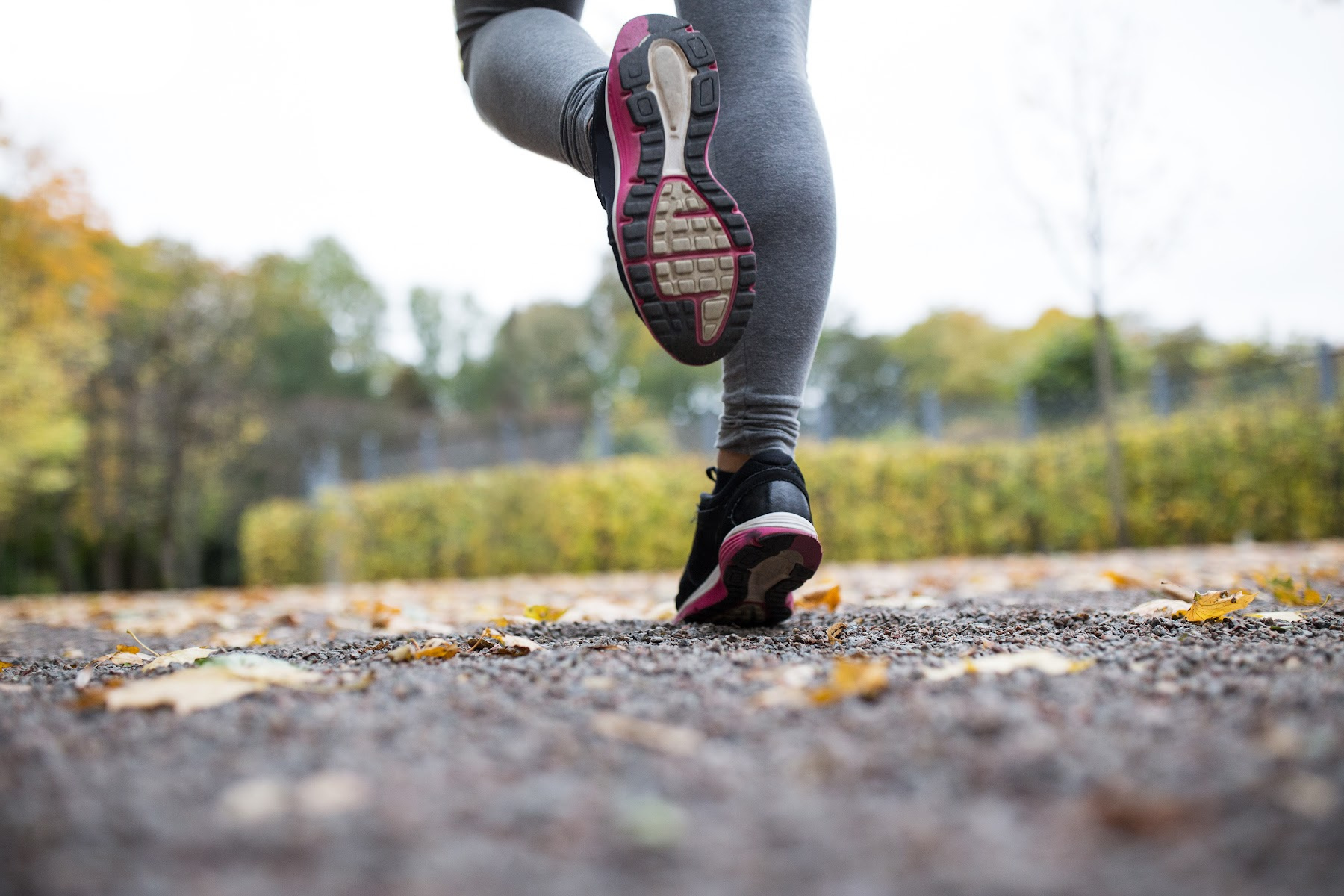
How To Choose The Right Running Shoes For You
When you are looking for running shoes, there are a few things you should take into account to ensure that you are getting the right pair for you. The first thing to consider is your foot type. There are three main types of feet – pronated, supinated, and neutral. Pronated feet need shoes with more stability, while supinated feet need shoes with more cushioning. If you have a neutral foot type, you can pretty much wear any shoe.
The next thing to consider is your running style. Are you a heel striker or a forefoot striker? Heel strikers need shoes with lots of cushioning in the heel, while forefoot strikers need shoes with good stability.
Once you have determined your foot type and running style, you can start looking at different brands and models of shoes. Try on several pairs and see which ones feel the best. You may also want to read online reviews to understand what other people think about the shoes.
When choosing running shoes, finding the perfect balance between stability and cushioning is important. If the shoes are too stable, they may not be comfortable, and if they are too cushioned, they may not be stable enough. It is also important to find a good brand that will last. Some brands specialize in running shoes, while others do not. Be sure to do your research before buying a pair of running shoes!
Get More From Your Run With These 6 Expert Tips.
You’re in luck if you want to get more from your running routine. These six expert tips will help you run faster and longer.
1. Make sure your shoes are in good condition. Worn-out shoes can cause injuries, so replace them when necessary.
2. Stretch before you run. This will help you stay limber and avoid injuries.
3. Warm up slowly before you start running at full speed. A good warm-up will help your muscles get ready for a workout.
4. Alternate between running and walking during your workout. This will help you keep going longer.
5. Drink plenty of water before, during, and after your run. Hydration is key to a successful running routine.
6. Take time to recover after a run. Make sure to give your body time to rest and refuel properly
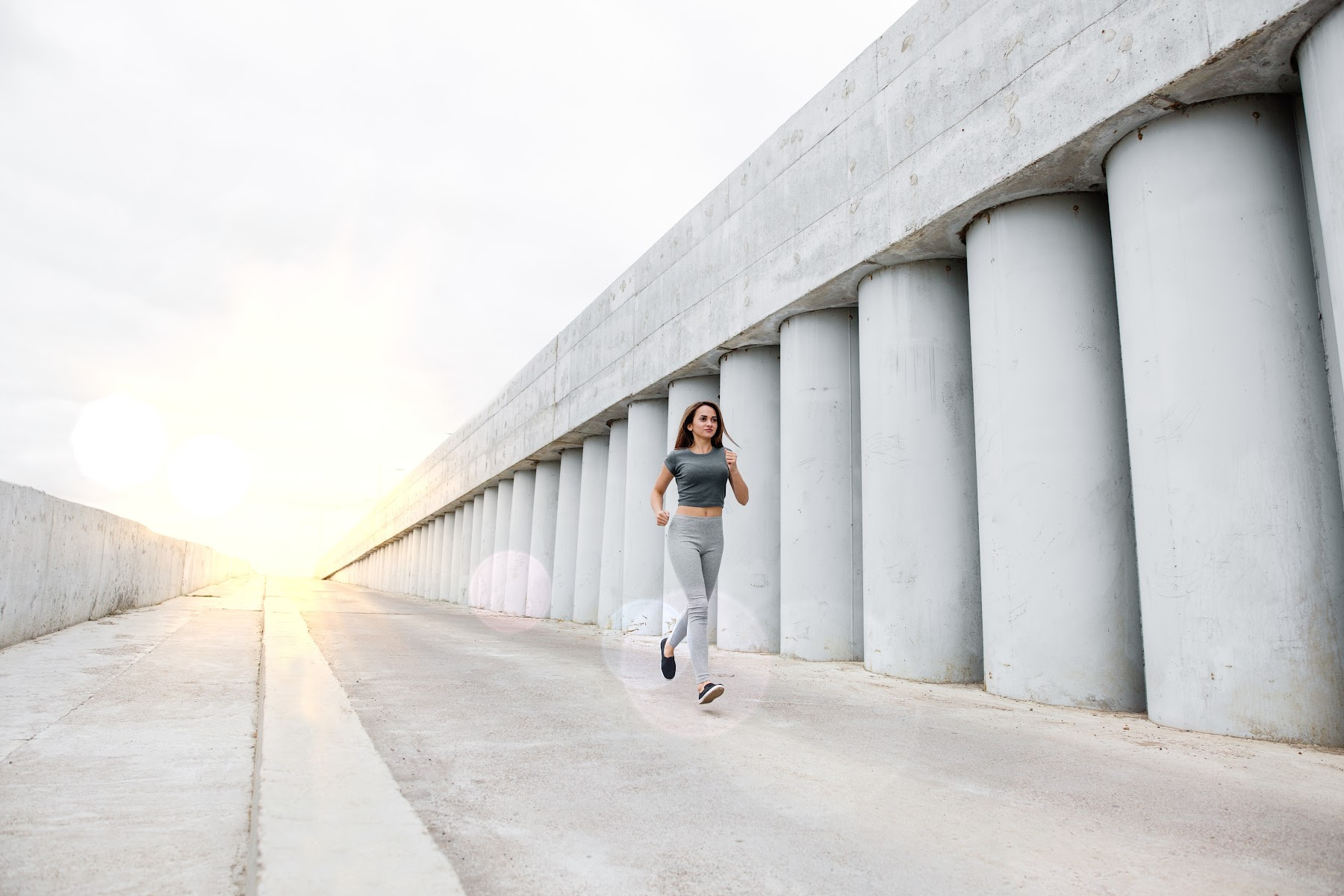
Final Thoughts
Are running shoes good for walking too?
The right running shoe can make you faster, but they are not a miracle cure. If your shoes are in poor condition or do not fit properly, you will likely see no benefit. New shoes may take some time, but they should eventually boost speed. Older shoes should be replaced when they show signs of wear and tear.
Experiment with different shoes to find the ones that work best for you. And finally, don’t forget to focus on other aspects of your running routine, such as stretching, warm-ups, and recovery. With these tips in mind, you’re sure to see an improvement in your speed and endurance. Happy running!


